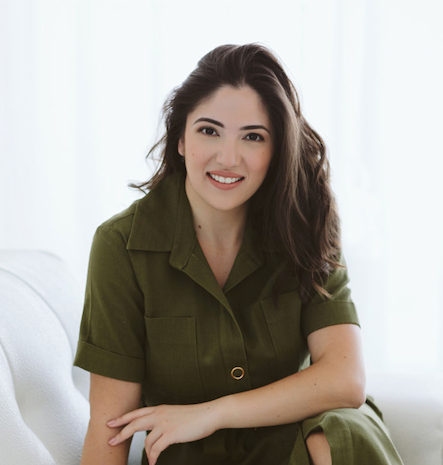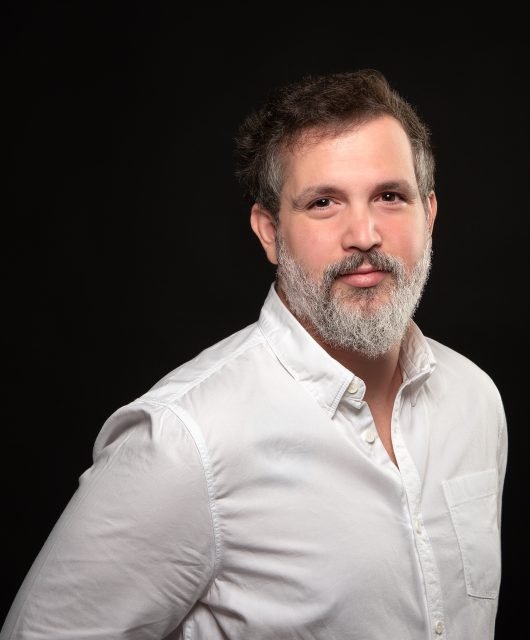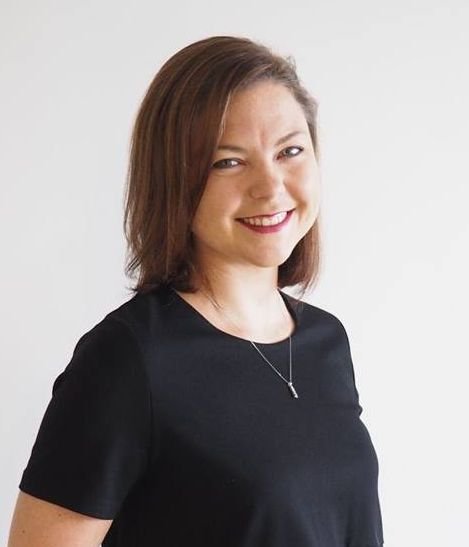Effective Brand Storytelling: The How-tos
What’s your story? As 2018 comes to an end, more and more brands are investing in storytelling as a way to raise awareness and develop trust.
The reason is simple: today, we are inundated with stories but underserved in human connection. Therefore, we are more inclined to support companies who facilitate these connections. This is the essence of effective brand storytelling.
But while brand storytelling may be a useful marketing tool, it is actually the opposite of an advertisement. In point of fact, a compelling brand story must stand apart from the business of selling.
Consider a few brands that do it well:
Warby Parker — instead of selling glasses, they sell a modern, worldly lifestyle. Stores full of books, a socially-conscious business model, a cross-platform presence full of reading recommendations, restaurant tips, and stories that show what the people behind the brand see, make and do every day. A multi-faceted brand story makes it so that owning a pair of Warby Parkers becomes a sort of status symbol, a community to identify with, something that’s way bigger than just a pair of glasses.
Google ‘Year in Search’ — What started as a one-off campaign is now a highly-anticipated annual brand film that uses the brand’s search history data to communicate the most important stories and pivotal moments of the year. It’s an emotional brand experience that showcases both the brand’s utility and its massive reach in the world without ever feeling like a commercial or branded spot.
National Geographic — Nat Geo are de facto masters of brand storytelling across channels, most notably on social media. They use imagery to get people to stop scrolling — snagging people with the “wow” factor of their content. Then, instead of simply explaining the photo, they tell a long story around it, inserting behind-the-scenes information, personal anecdotes from the photographer and other interesting techniques.
Spotify — As the sole example of a brand connecting its user data back to people’s lives without being creepy, Spotify has run a number of campaigns that playfully call out our more bizarre listening habits. Each instance is highly location specific, making it all the more resonant. In doing so, the brand allows us to laugh at ourselves while putting forth a highly inclusive story about how music helps define and connect us.
The best brand stories are crafted to inspire us, empower us, and connect us more intimately. They must be sourced from the brand’s core belief, purpose, or mission and invite us into a vision of the world where the brand is deeply aware of an unmet need that is relevant to our lives. Any desire for buying a product after experiencing a good brand story is a halo effect – a positive cognitive bias that is inherent, but not obvious and has a lasting emotional impact.
Now, consider the most pervasive and least effective approaches. Brand storytelling is NOT inserting a brand into a pre-existing story with product integration or placement. Brand storytelling is NOT establishing an anecdotal origin story of a business by revising and reducing its history. Brand storytelling is NOT cleverly packaging user-generated or influencer-created content to speak for the company.
In fact, there are two essential problems with most brand stories.
First, most of the stories created by brands are uninteresting. They lack the complexity of a great story, with flawed characters working to overcome the challenges of life on an unintended journey of self-discovery. Most brands avoid conflict at all costs, going no deeper than simplistic problem-solution scenarios.
Second, most brand stories resort to emotional manipulation while trying to build bonds between real people and faceless companies. Consumers are acutely aware of marketing tactics and far too smart to be told how to feel.
Few brands do it well. But when they do, the possibilities for connection are endless.
For businesses that are seeking a better, more effective brand storytelling platform, begin by revisiting your core purpose. What kind of world are you trying to create? What do you wish was better? How will we make it better, together? Then go tell THAT story.
(Special thanks to my team at Trollbäck+Company who contributed many thoughtful perspectives to this piece).





